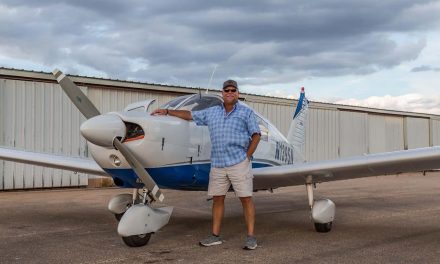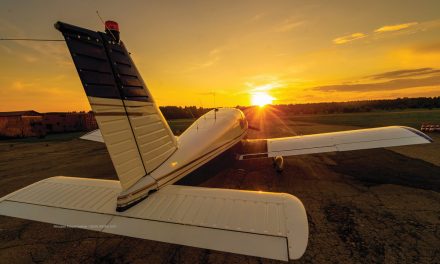The Piper Owner Society members discuss how to fly at elevation, particularly in the Pacific Northwest, in this active forum discussion that was highlighted by Oregon member Eric Panning.
The questions raised included:
- I do have some experience flying out West and Southwest, but it’s all been in a Jet.
- The Seneca POH talks about “Adjusting mixture prior to Takeoff from high elevations” and “in Hot Weather use Fuel Pump on LOW for Vapor Suppression”.
- I have had to do neither in my total of a whole 125 hours MM!
- Any thoughts would be appreciated on the practical application when operating outa “High and Hot” airports in a Seneca!?
In reply, the Piper owners contributed several valuable tips, including:
While the manuals do say some leaning may be required for high altitude takeoffs I have never found it to be necessary in my Aerostar 700.
On Takeoff Max MP/RPM Setting prior to Brake Release to ensure engine power and smoothness would be in order, especially at High/Hot Airports!
Panning then wrote 11 top tips for flying at elevation.
Flying a Piper at Elevation: Tips from Eric Panning
“Here is what I think turbo twin pilots interested in the West should focus on:
1) Keep it light. Don’t tanker fuel or bring kitchen sinks but do make reasonable plans for alternates.
2) Every field should be balanced field (able to come to rotation speed and stop or rotation and take off single engine). Make sure you take into account DA and headwind/tailwind + slope. Don’t count on maximum effort take offs (with flaps)
3) Fly in the morning – best views, smoothest air, best DA
4) Get an O2 system and use it early and at high flow. Monitor your O2 and stay above 90% as well as passengers. I understand that most of the O2 standards were written based on Navy pilot testing – not GA pilot testing. O2 is cheap insurance against bad decision making. Don’t get caught unable to climb because of a lack of O2 or risk making bad decisions on top
5) IMC in the intermountain west is as serious as thunderstorms in the mid-west. I would recommend planning on VFR only. Clouds are often icy and terrain forces you high with few options. IMC is relatively rare – waiting hours often makes a big difference.
6) Mountain waves can extend farther than expected. If the winds are strong at altitude I would recommend 4000 ft clearance to terrain.
7) Do not fly direct. Keep as many enroute options as possible. Even a minor issue that forces a landing could mean them finding you in the spring. A disturbing number of accident flights have the pilot flying over wildly rough terrain in the middle of nowhere on the straight line path when even 5 minutes routing would have made a difference
8) Night flying is effectively IMC as the ground lighting is non existent in many areas.
9) Get local advice and offer feedback to pilots on routes you have just flown.
10) Tighten your seatbelt and secure loose items
11) Reception can be an issue. You may need to re-establish coms so know where to look for it. Monitor 121.5 and if a pilot and center cannot communicate offer to be a radio relay.
With 3 or 4 people, gear and half fuel the Seneca is ready to tackle almost any airport long enough – just don’t compromise on balanced field. At a high altitude airport you do not want to be frantically braking with 120 gallons of fuel or eking out a + climb rate over rising terrain. This is great simulator practice too. Start with the partial load and flying twins will seem so easy as you manage single engine climbs, etc. Now try it a KASE at gross and do a return to landing after a power failure after takeoff. On a warm day you will have about 100 fpm of climb and likely negative climb rate in a turn. You will be surrounded by terrain too….
Other notes:
The 3D option in some of the foreflight packages is a great way to pre-view airports. you can also use Google Earth.






